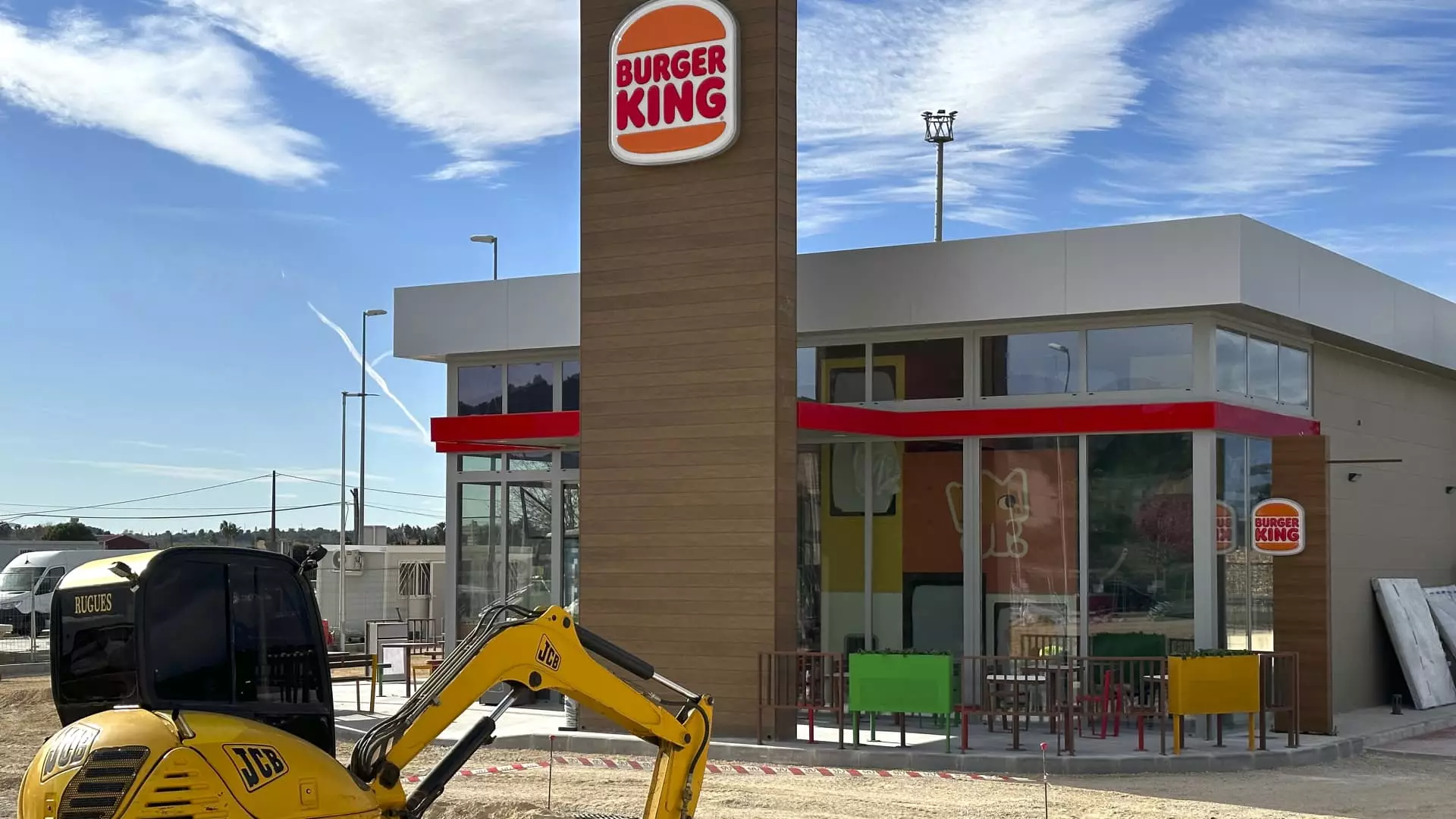The recent quarterly earnings report from Restaurant Brands International, the parent company of major fast-food chains like Burger King, Popeyes, Firehouse Subs, and Tim Hortons, has sparked discussions among investors and analysts alike. With results that underwhelmed market expectations, the company is now grappling with a combination of subdued same-store sales growth and shifting consumer spending patterns.
Disappointing Earnings Report and Stock Response
On Tuesday, Restaurant Brands revealed its third-quarter financials, highlighting adjusted earnings per share of 93 cents, slightly lower than the anticipated 95 cents. Revenue figures also fell short of projections, coming in at $2.29 billion compared to forecasts of $2.31 billion. Investors responded negatively, with shares dipping approximately 2% in pre-market trading as analysts expressed concern over the disappointing growth metrics. The overall same-store sales grew only 0.3% during the quarter, showing that even minimal growth struggled to meet expectations in a competitive market landscape.
A deeper dive into the performance of individual chains reveals that key brands like Burger King, Firehouse Subs, and Popeyes all recorded same-store sales declines in their domestic markets. Burger King experienced a 0.7% drop against analyst expectations for flat sales results. This decline comes in the context of a broader turnaround strategy for the brand, which has been engaged in a competitive landscape where consumer spending at restaurants has fluctuated.
For Popeyes, the decline was even steeper at 4%, while Firehouse Subs saw a decrease of 4.8%. Each of these declines raises red flags for the company’s growth trajectory, as it struggles to capture consumer interest amidst aggressive competition. The overall trend points to a challenging environment, with investments in marketing initiatives overshadowed by a renewed focus on value propositions amid rising inflation.
The Importance of Consumer Sentiment
Despite the disappointing figures from the third quarter, there are signs of improvement heading into the fourth quarter. CEO Josh Kobza noted a positive shift in same-store sales trends for October, reporting low-single-digit growth. He attributed this rebound to improved marketing promotions and a more favorable consumer sentiment. Factors such as dipping gas prices, declining interest rates, and moderating inflation seem to have positively influenced consumer behavior, giving the company some hope for recovery.
Kobza emphasized the critical nature of understanding consumer spending habits, which had taken a hit over the summer months. As fast-food chains vie for consumer spending amid tightening budgets, the focus on providing better value has taken precedence. However, there remains a question regarding how sustainable this improvement is, especially if macroeconomic factors fluctuate again.
Among the brands under the Restaurant Brands umbrella, Tim Hortons emerged as a relative bright spot, posting a domestic same-store sales growth of 2.3%, which, however, still fell short of the expected 4.1%. The Canadian coffee chain has made strides in increasing traffic and enhancing service speed, but it faces challenges in meeting the high expectations set by market analysts.
Furthermore, international same-store sales rose by 1.8%, but this too missed the estimate of 2.2%, indicating a potential gap in the company’s overseas performance. While net income attributable to common shareholders remained stable at $252 million, there is a clear indication that overall growth may not be as robust as previously anticipated.
In light of these challenges, Restaurant Brands has revised its full-year outlook for system-wide sales growth, narrowing the forecast to a range of 5% to 5.5%, down from a prior range of 5.5% to 6%. This downward adjustment indicates the company’s recognition of the hurdles it must overcome to regain momentum.
As Restaurant Brands International navigates the complexities of a changing economic landscape, it must strategically balance improving operational efficiency while addressing value-driven consumer demands. The importance of adaptability and innovation within its marketing strategies will be pivotal as the company strives to enhance its market position and deliver satisfactory results to stakeholders in the upcoming quarters.

